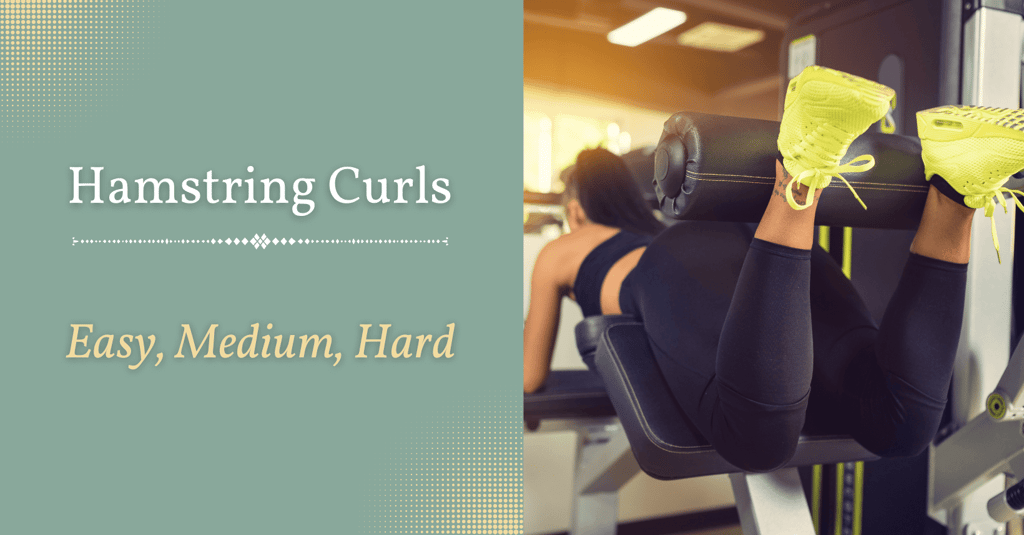Add your promotional text...
Hamstring Curls: 3 Variations - Easy, Medium, Hard
1/18/20233 min read


It’s important to train the hamstrings to protect knee health, but also to improve strength and mobility.
The hamstring muscles are a group of three muscles at the back of the thigh, between the hip and knee.
Hamstring curl exercises improve the strength of your hamstrings and the joints that surround the knee. The knee joint has a hinge movement which is responsible for flexing and extending. The hamstring has the responsibility of flexing the knee.
Hamstring curls are important for several reasons:
Injury prevention: Strong hamstrings can help prevent injuries to the knee and lower back, which are common in people who have weak hamstrings.
Balance and stability: Strong hamstrings can help improve balance and stability in the lower body, which can be beneficial for activities such as running and jumping.
Athletic performance: Hamstrings play an important role in many sports and physical activities, such as running, jumping and cycling. Strong hamstrings can help improve performance in these activities.
Posture: Hamstring muscles are also responsible for maintaining a good posture while standing or sitting. It helps to keep your back in a neutral position, preventing lower back pain.
Aesthetics: Hamstrings are also a muscle group that can be seen, especially when wearing shorts or swimsuits. Strong, toned hamstrings can contribute to a fit and attractive appearance.
If you have any questions or need some assistance, feel free to submit a comment or send us a message here.
Here are 3 hamstring curl exercises you can try depending on your fitness level:
Lying hamstring curl on machine - level easy
The primary muscles are the hamstrings, but it also engages the calves muscles.
Lie face down on the curl machine with the pad just under your calves. Keep your stomach pressed to the bench;
Curl the legs towards the glutes contracting the hamstrings - make sure not to raise the butt as you lift the pad;
Squeeze the hamstrings at the top and hold it for 1-2 seconds;
Lower the legs slowly to the starting position. Repeat.
2. Hamstring curl on swiss bowl - level medium
The primary muscles are the hamstrings, but it also engages the glutes and core muscles. Requires stability and balance as you need to push through the ball with your feet.
Lie down on the floor facing up, arms next to the body, palms down, legs straight, heels on top of the ball, hips off the ground keeping your weight on the shoulder blades;
Dig your heels into the ball to keep it steady and start curling the ball towards your butt as close as possible;
Squeeze the hamstrings at the top and hold it for 1-2 seconds;
Slowly reverse movement back to the starting position. Repeat.
*keep the hamstrings, glutes and core tight throughout the movements.
3. Nordic hamstring curl - level hard
The primary muscles are the hamstrings, but it also engages the glutes, quadriceps and core muscles. Requires more core strength as you have to control your upper body when you’re leaning forward.
Kneel on the bench (or something padded) with the body upright. Secure your ankles with a band;
Contract the abs to stabilize your spine, keep your back neutral and don’t arch the lower back, engage hamstrings and glutes while starting to lean forward;
Lean as far as you can, then catch yourself before you fall;
Squeeze the hamstrings and core to raise your body back to the starting position (give a boost with your hands if necessary). Repeat.
(*Note: For the Nordic Hamstring Curls, if you don’t have a weightlifting belt, you can have a partner help you hold your feet down.)
Make sure to keep your movements slow and controlled. Depending on your fitness level, start with a light weight or resistance and gradually increase as you get stronger.
In conclusion, including hamstring exercises in your workout routine can help improve your overall fitness, athletic performance, and prevent injury.
